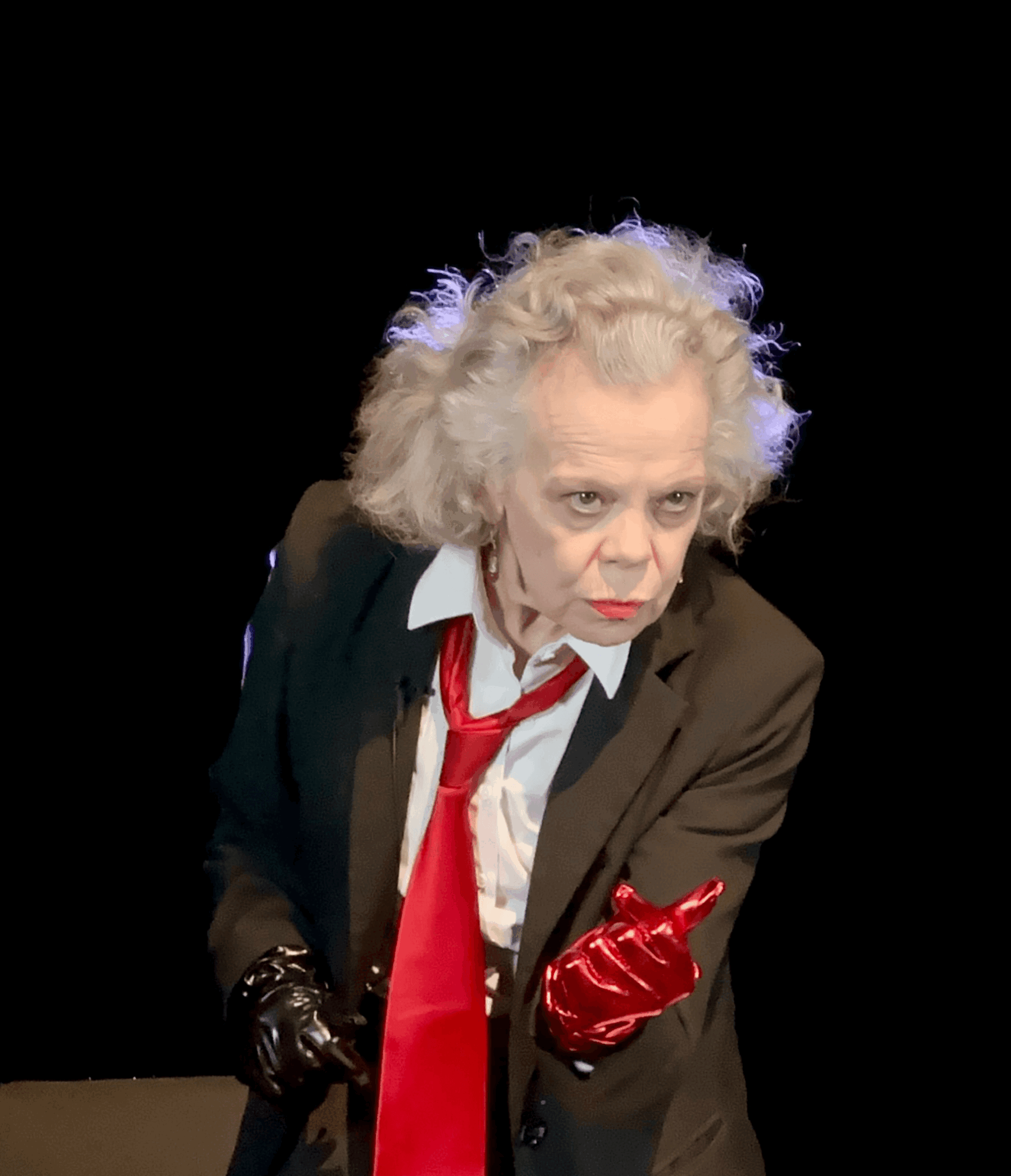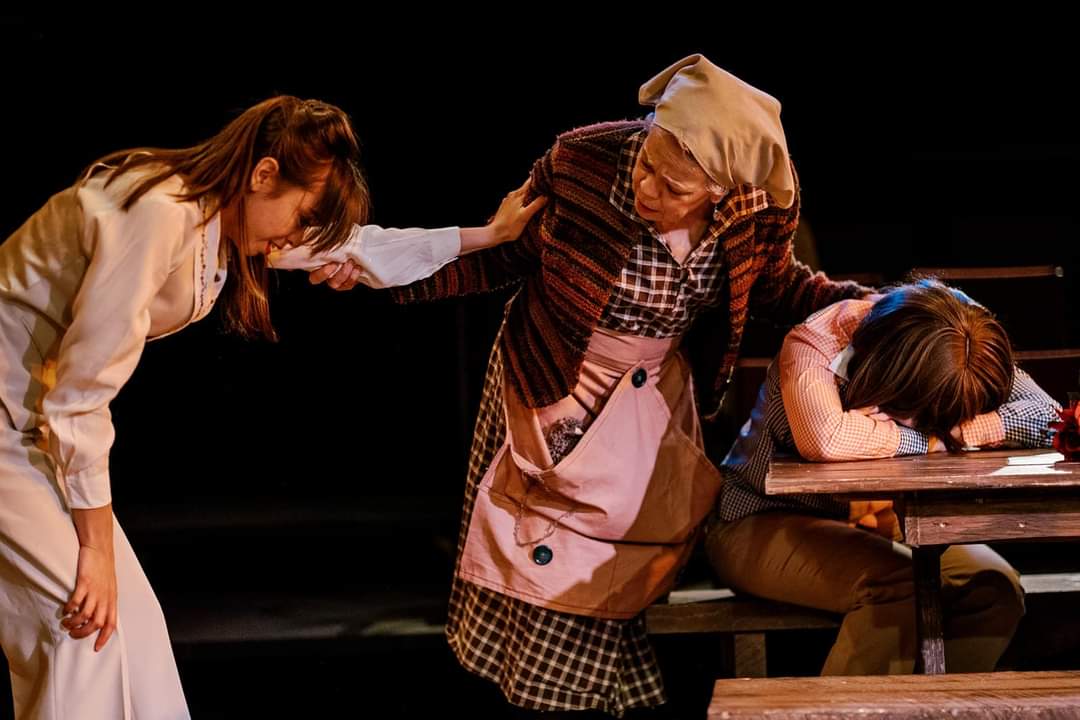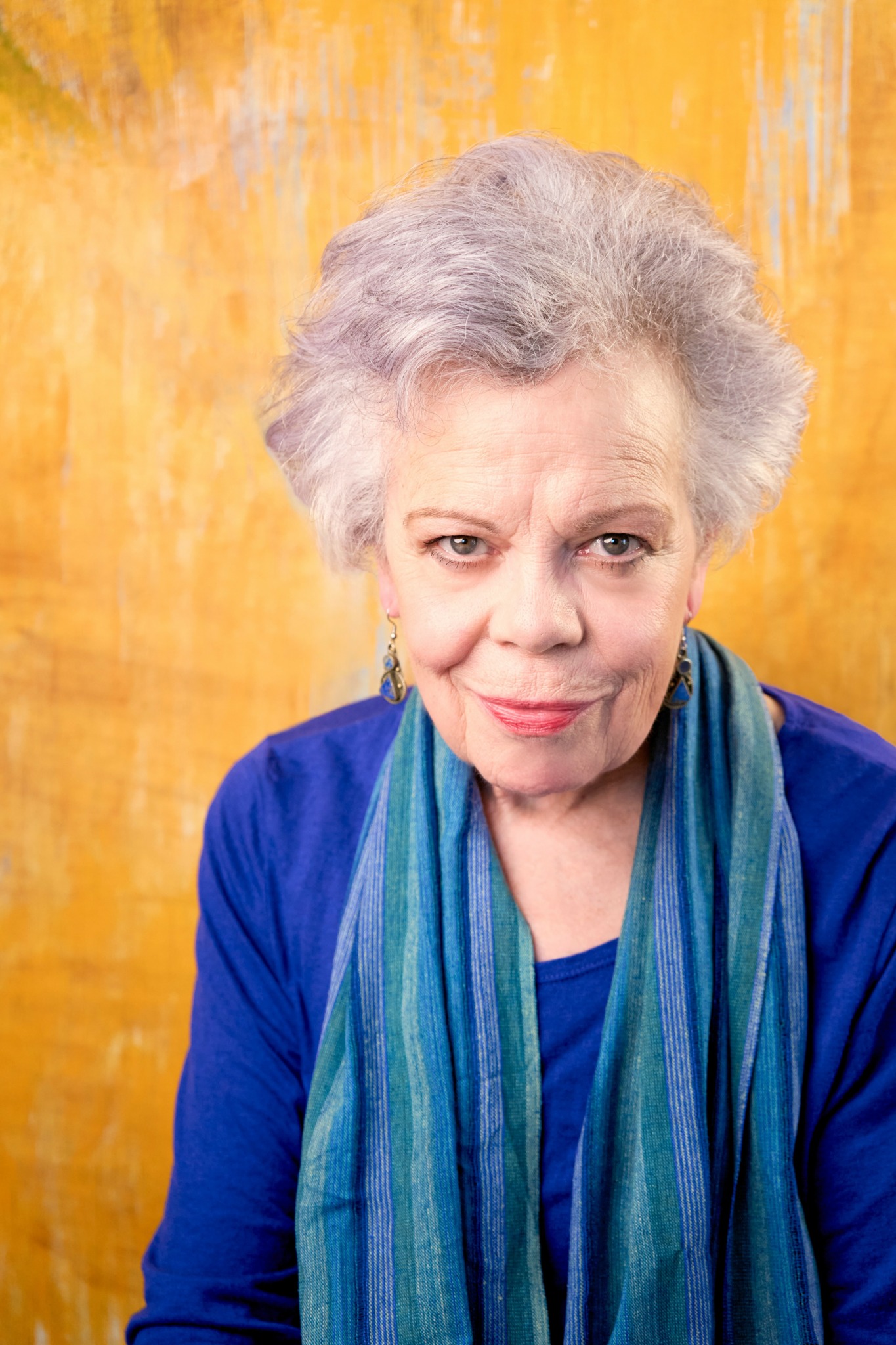We recently connected with Hazel Leroy and have shared our conversation below.
Hazel , looking forward to hearing all of your stories today. Can you talk to us about a project that’s meant a lot to you?
Ah-ha. The question is straightforward. The answer is not.
When I married and had my son, it became clear that my husband did not want me to continue my theatrical pursuits. Thus, for the sake of “peace in the family”, I ceased auditioning. I wrote and directed a couple of children’s plays, did a little voice over work, but did not get involved in theatre making on a more *involved* level.
But *performance* can have a wider scope. Thus, every volunteer project– at my son’s elementary school, at my church, in community organizations– became opportunities to make theatre.
When my son was in middle school, I got a position as an adjunct professor at a local performing arts academy, finally I was actually using my PhD. And from there I got to do dome work in dramaturgy and to serve as an unofficial advisor for my undergrads. I also began to support my friends, colleagues, and students by attending as much live theatre/improv/ performance art as I possibly could.
And then my son went to college and I got involved with improv. But I wanted to create full characters, so I decided to audition. I was 60 when I had my first role in this phase of my life
At one time I had had a full-time gig as an academic advisor. My boss asked me why I had chosen to be an actor when I was a kid. I told him that it wasn’t really a choice. “On stage, on a screen, being a character was the only place I could tell the truth and not get smacked.”
It still is.
In November of 2024 the composer Ramin Akhavijou asked me to be a part of his piece “Ego,” for which he had been selected to produce by the New Hazlett Theatre in Pittsburgh, PA as a part of their Community Supported Art Series. This amazing musician/artist allowed me to truly collaborate with him on this multifaceted work.
“Ego” was to contain many elements: electronic music and music to be played live on instruments, video, sound, live dancers; a painting that our violinist could actually play (they dubbed it the “Artstrument”). I was to play the eponymous character. Ego was the only speaking role and I was to be entirely taped. This was intriguing to me. How does one make a human connection with the audience if one is filtered through the medium of video? This is an interesting challenge for a performer.
Little did I know upon our first meeting that Ramin fully intended for my to share in the scripting. This was an honor and a grave responsibility.
Oh, honestly it was a joy! I was able to put into practice what I so often preach to other theatre-makers. I CUT twice as much of the the text I had written than actually made it onto the screen (“Less is more,” Friends!).
Ramin has a better understanding of the limitless possibilities that technology may provide for humankind. Perhaps because I am closer to my unavoidable end than the other artists involved in the “Ego” project, I wonder why the blue blazes anyone believes that they are so important that they should leave an AI-generated version of themself after they die? And can any AI copy really be authentic? Should one leave the real or the ideal? So, that was the focus of much of my script.
Ramin is drawn to the power of silence in his composition. The part of “Ego” that was most significant to me was about silence. Ramin had written some of his thoughts about silence and asked me to write a monologue. Whereas I did a little editing, there was not much to be done. His writing brought me to tears. I insisted that it be done only as voice over and that the dancers could move to the text. Ramin and director Melissa Cardello-Linton let me have my way. It was, I believe, as impactful to the audience as it was for me.
“Ego” was, indeed, a meaningful project. It was a gift to have been included.

Great, appreciate you sharing that with us. Before we ask you to share more of your insights, can you take a moment to introduce yourself and how you got to where you are today to our readers.
1. As a dramaturg or researcher:
I am a theatre/social historian. I believe that the art one makes is informed by the times in which one lives. We keep getting “classics” out of mothballs and re-doing them. I am here to tell other theatre-makers about the social/political/economic conditions of the times when those classics were created. And if a company is doing an adaptation or a re-visioning of an older work, I am there to help understand how the new piece diverges/converges with the original.
2. As as actor:
I am 71. I am an old broad. Why cast a 45-year-old when you can have the real thing?

Do you think there is something that non-creatives might struggle to understand about your journey as a creative? Maybe you can shed some light?
I have taken on projects because they are rewarding to me as an artist. I have left more lucrative positions because I could not compromise my values. I tend to speak my mind. This is disconcerting for some people.
However, if you are an employer and you are in the position to include a creative type in your work force, you might want to take a chance and go for it.
Now, they might find that your mission statement includes all the “right” phrases, but that your organization doesn’t really walk the walk. They may leave.
But if you listen to them, you might end up with a stronger, more vital organization.
And, my friends, pay people what they deserve. Please.

How about pivoting – can you share the story of a time you’ve had to pivot?
My husband died in an automobile accident shortly after my 60th birthday.
He was the facts and figures person in the family. And, as a systems analyst/database creator, he was also the primary source of income. I was the person who attended all of our son’s activities, communicated with the neighbors, etc. And I had an embarrassing salary as an adjunct professor. (I mean, truly embarrassing.)
Imagine my surprise when I discovered that one does not have to completely pay off one’s AMEX bill every month. $50,000 outstanding.
But I figured out how to do it. I am still not very practical, but I stumble along.

Image Credits
1. Sophie Hosna
2. Ramin Akhavijou
3. Shannon Knapp
4. Kate Hagarty
5. Hazel Leroy


